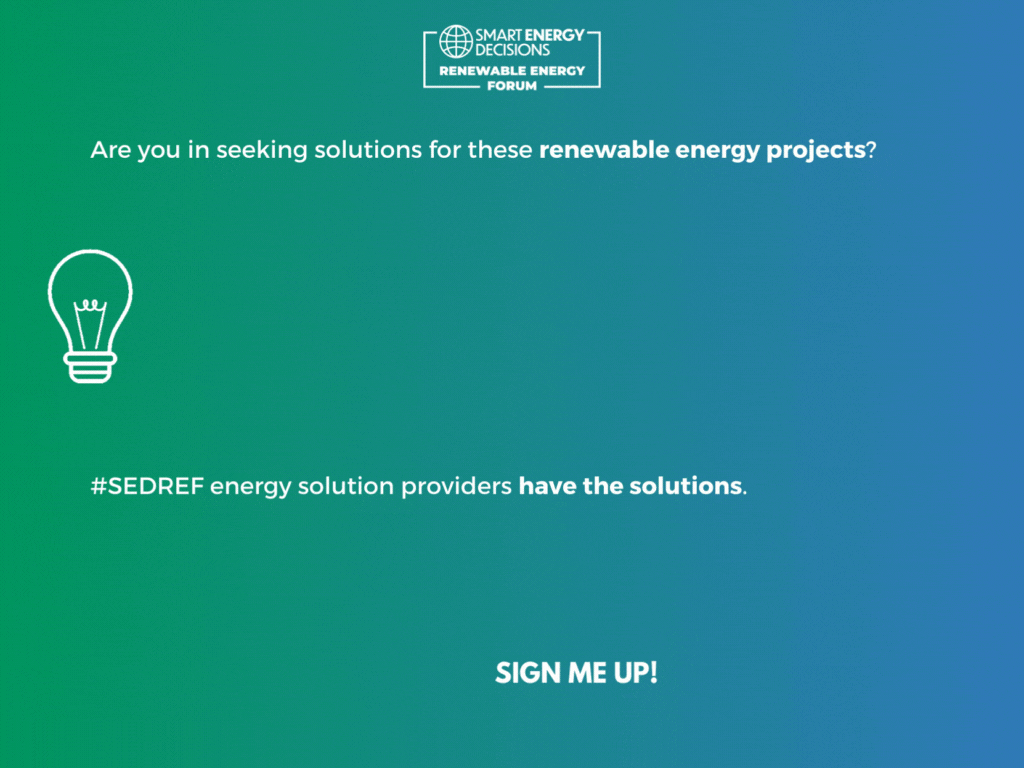Distributed Energy Resources, Energy Efficiency, Energy Procurement - June 5, 2018
CSU pivots towards green tariff
After reviewing 75 proposed projects from 27 companies with the goal of reaching 100% renewable energy by 2030, Colorado State University has decided not to move forward with any of these projects. Instead, the university will pivot to a strategy of joining four other Fort Collins electricity users in a green tariff.
A report in The Coloradoan noted the new strategy would help CSU reach its goal without creating new wind or solar resources, as the tariff would allow users to take credit for renewable electricity that already exists in the distribution system. The new approach will likely be "more cost-effective," said Tom Satterly, CSU associate vice president for facilities management.
The decision was reached, in part, because Colorado is a regulated market for electricity, making the process of implementing any of the proposed projects costly and complicated. The report explained, "CSU touches 19 utilities throughout Colorado because of its various extension offices, and the university would need to strike deals with all of them to transport renewable electricity on their service lines."
Discussions concerning the green tariff are in preliminary stages but would likely be associated with a pending 150 MW wind farm that Colorado utility Platte River Power Authority expects to have operational by the end of 2020.
CSU joined four other electricity users in requesting a green tariff option: New Belgium Brewing Co., Odell Brewing Co., city of Fort Collins municipal buildings and Platte River Power Authority’s Fort Collins headquarters. The report noted that these entities combined account for about 13% of the city’s electricity use, adding that other heavy electricity users in the area, including Anheuser-Busch, Hewlett-Packard, and Walmart, could be interested in a green tariff in order to reach corporate commitments to increase their use of renewable electricity and decrease GHG emissions.
"It’s not just CSU pounding on the door," said Carol Dollard, CSU energy engineer. "It’s others that are saying, 'You need to move farther, faster. And if you don’t do it for the whole community, then do it in a way that we can procure it, however that looks.'”
Read These Related Articles:
- Solar Power Purchase Agreement Advances RE at Colorado State University
- Colorado State University starts campus-wide solar installations
- Colorado State University signs on 10 MW of onsite solar
Share this valuable information with your colleagues using the buttons below:
« Back to NewsStay Up-To-Date












